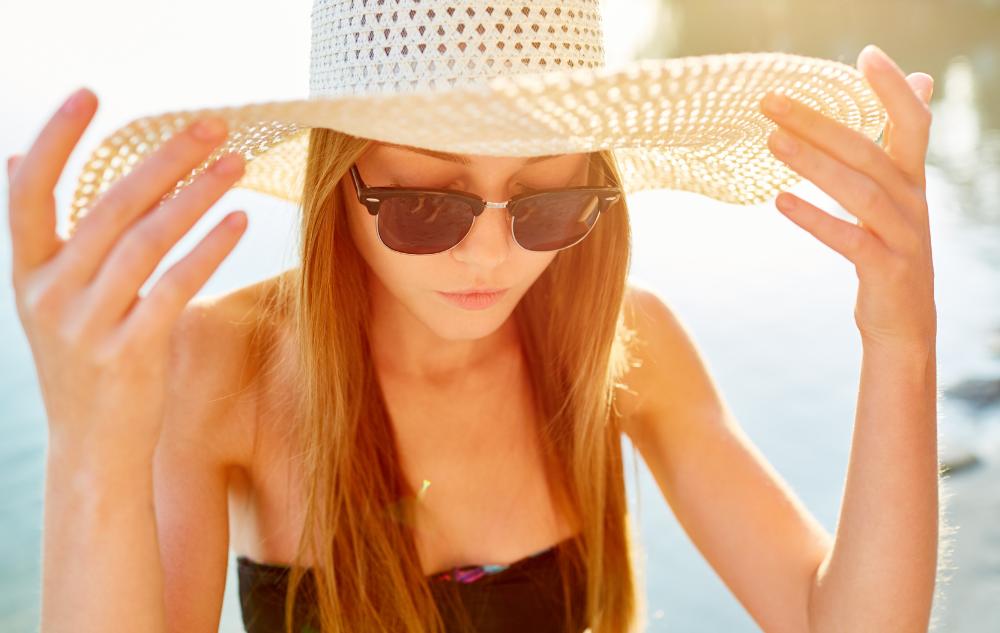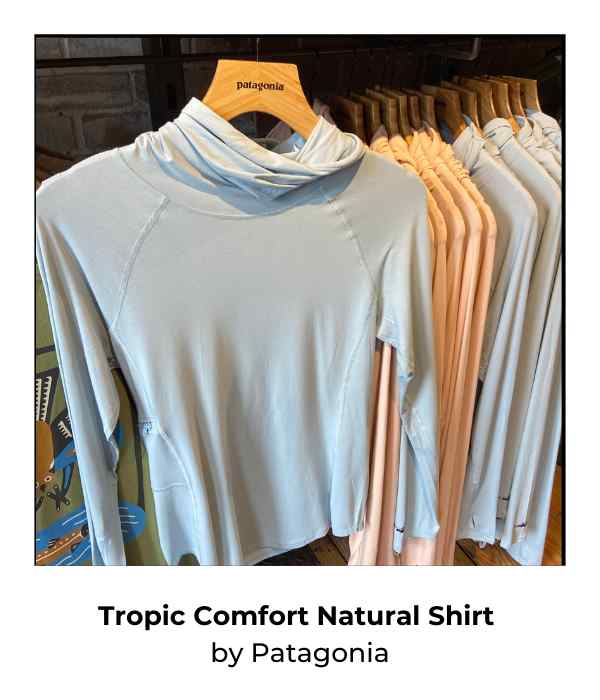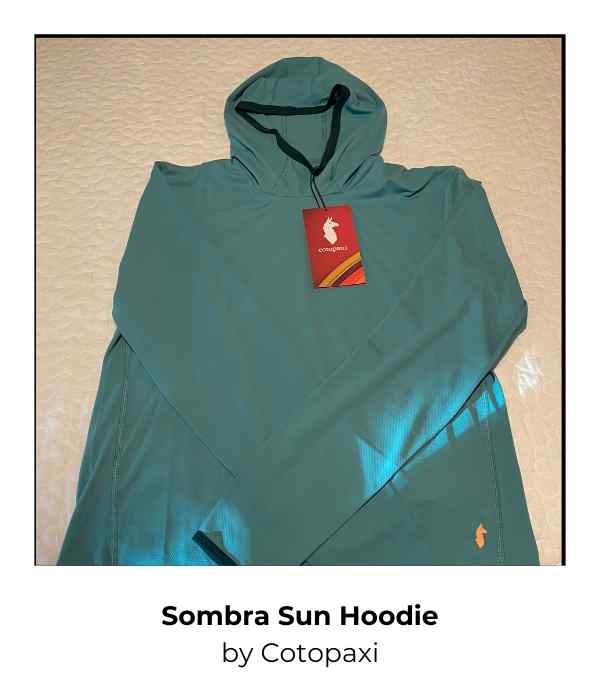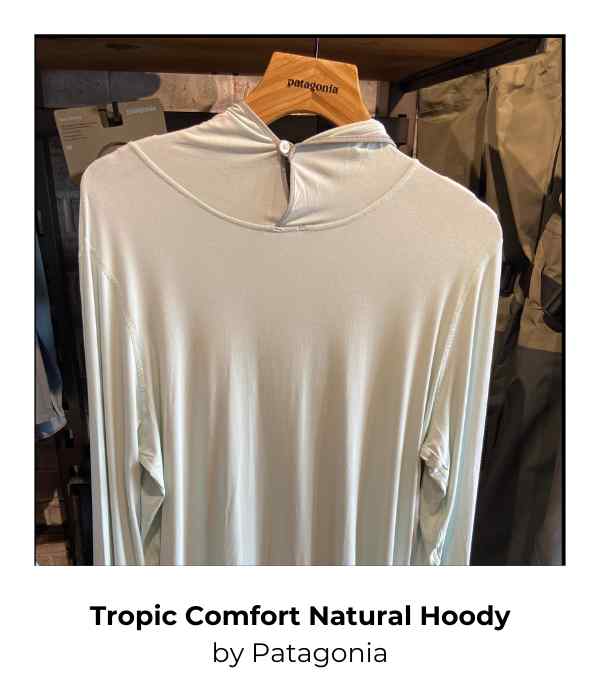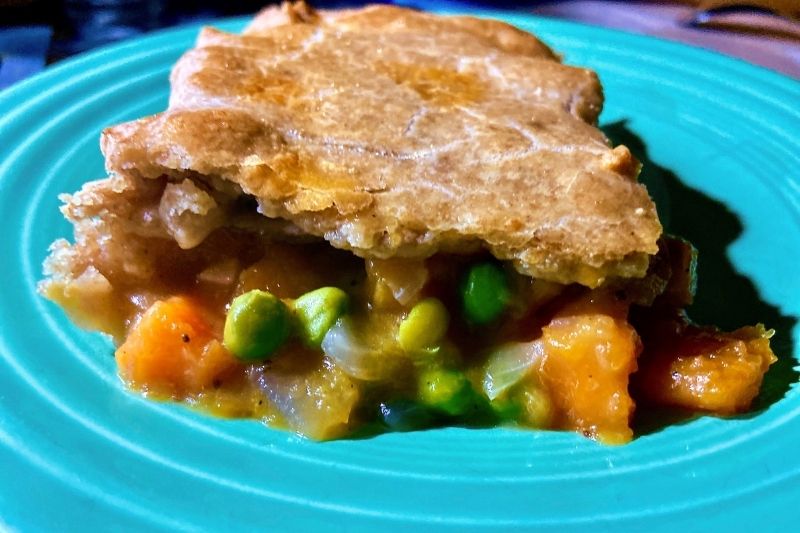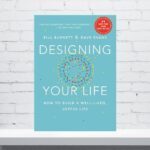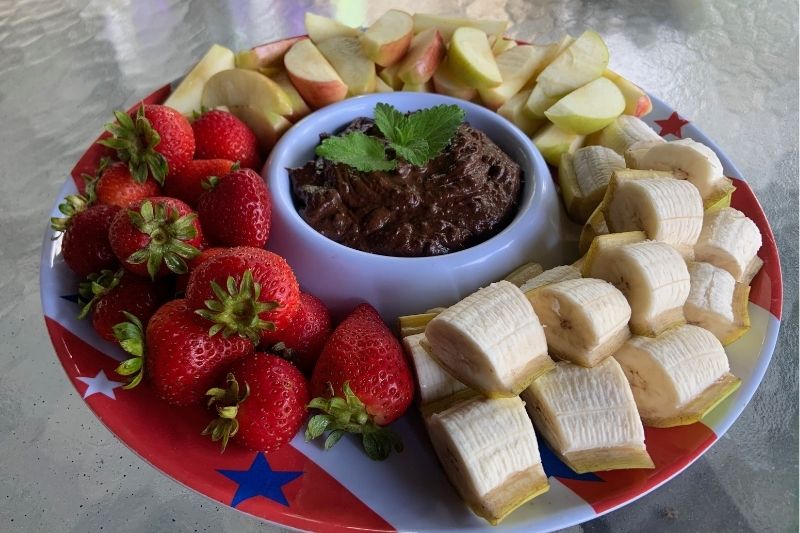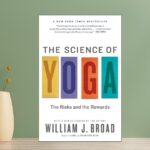As summer days pass quickly and daylight hours decrease, it is crucial to not let our guard down when it comes to sun protection for our skin.
It’s important to reduce your risk of sun damage, regardless of how sunny it is outside and especially during the sun’s peak hours. The sun’s rays are the strongest between 10:00 a.m. and 4:00 p.m., when ultraviolet UVB and UVA rays can cause significant damage to the skin, eyes, and immune system. Even on overcast days, the sun’s radiation can penetrate: clouds are only effective at blocking 70-90% of the sun’s rays. Wearing protective clothing, consistently using sunscreen with SPF 30 or higher, and donning sun-smart accessories can significantly reduce your risk.
Discover best practices and products to keep your skin healthy so you can enjoy the outdoors safely year-round.
First, it’s important to understand how sun protection factor (SPF) gear works. SPF is a relative measuring system that rates a product’s effectiveness at protecting against UVB radiation, which is considered the most damaging type of light. The FDA points out, “SPF is not directly related to the time of solar exposure but to the amount of solar exposure.” Sunscreen with SPF 8 provides eight times more protection from getting a sunburn. An SPF 30 sunscreen offers even more protection, allowing you to stay in the sun 30 times longer.”
Protecting our skin from the sun’s harmful invisible UV rays should be a daily habit.
Skin care experts recommend applying a generous amount of SPF30 broad-spectrum, water-resistant sunscreen to all exposed skin before stepping outside. This should be followed by another application every two hours after that. According to the Mayo Clinic: “generous and frequent sunscreen application is vital to effective sun protection. You should use about 1 ounce (30 milliliters) on the parts of your face and body exposed to the sun. This is roughly the amount that fits in a shot glass. Depending on your body size, you may need to apply more. If you have a 4-ounce (118-milliliter) bottle, you’ll use about one-fourth for one application. It’s essential to use sunscreen by the expiration date on the package or within three years if a date is not listed.”
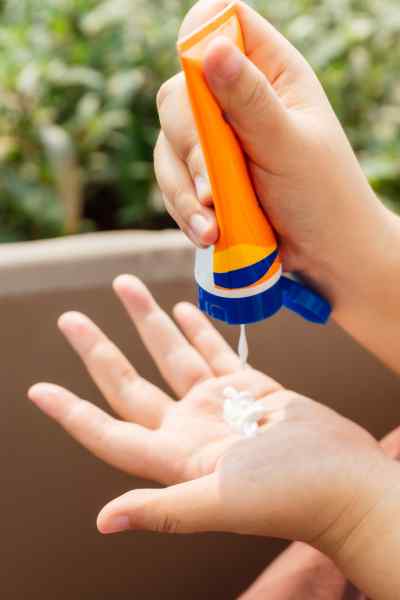
For those seeking recommendations on sunscreen, trusted resources like the Environmental Working Group (ESG) can be invaluable.
EWG rigorously tests sunscreen and other sun protective products, and offers a numerical rating system to help consumers gain awareness of harmful additive chemicals used in certain products. Their website explains, “Not all sunscreen products are the same regarding sun protection and ingredient health hazards. The scoring system for EWG’s Guide to Sunscreens is designed to help the public find safer products, avoid ingredients of concern, and are more effective in reducing potential health harms from ultraviolet A and B exposure.” EWG offers recommendations and effectiveness ratings on many sunscreen brands. Some of their recommended sunscreen products, known for their safety and effectiveness, can be purchased for under $20.00.
- Banana Boat Ultra Sport Sunscreen Stick, SPF 50+
- Neutrogena Sheer Zinc Mineral Sunscreen, SPF 50
- Eucerin Advanced Hydration Lightweight Sunscreen Lotion, SPF 30
- Thinksport
And don’t forget to protect your lips! EWG also offers a guide to the top-rated lip balms with SPF, to protect your lips from sunburn for outdoor recreational activities.
Dermatone is another excellent brand that has been protecting exposed skin year-round from sun, wind, and cold since 1981. They are the official skin protection product of the U.S. Ski & Snowboard team. Serious about its commitment to protecting the planet in addition to its people, Dermatone is officially recognized as Climate Neutral Certified.
Purchasing sun protective clothing and gear is another way to combat the sun’s rays.
Many reputable outdoor recreational companies, such as Patagonia, REI, Columbia, Cotopaxi, Outdoor Research, and Mang, offer sun-protective clothing with an Ultraviolet Protection Factor (UPF) of 30 to 50+. These sun blocking threads provide high levels of protection, allowing only 1/30th to 1/50th of UVA and UVB radiation to pass through. The effectiveness of these clothing options provides reassurance and peace of mind, allowing you to enjoy your outdoor activities without worrying about sun damage.
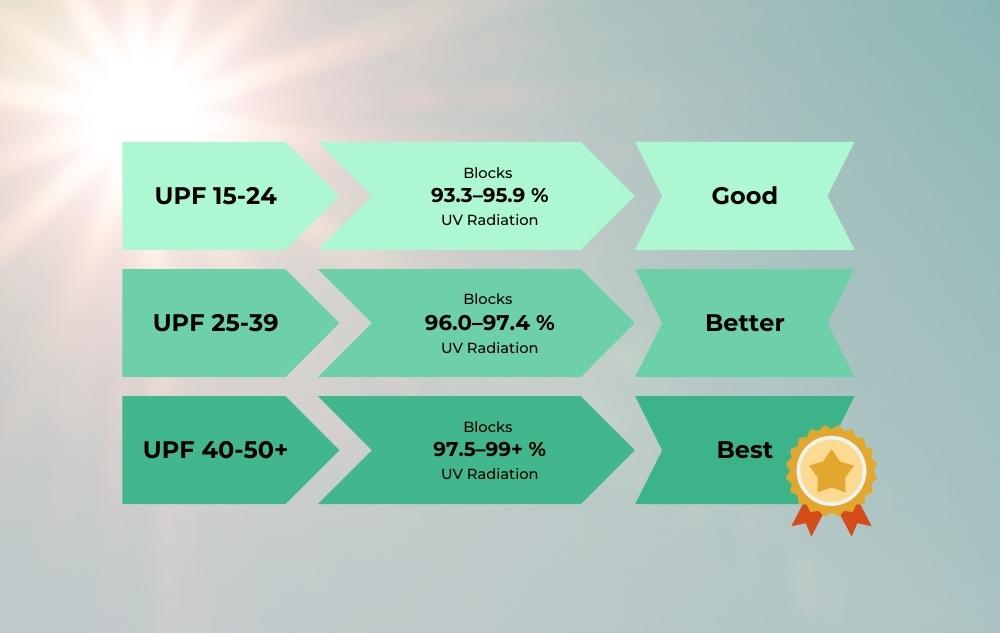
NRS, a reputable watersport company, provides the American Section of the International Association for Testing Materials (ASTM Standard) performance in safety for Sun Protective Clothing and Swimwear.
Here are some helpful tips to think about when purchasing sun-protective clothing.
- Darker-colored fabrics may provide more UV protection than lighter ones.
- Clothes made from a tightly woven fabric that reduces the space between threads offer better UV protection than looser weaves. This knowledge about fabric types can help you make informed decisions when purchasing sun-protective clothing.
- High-quality synthetic fabrics like nylon, polyester, and spandex stretch jersey, some of which are recycled, offer more sun and wind protection. These materials are lightweight, comfortable, quick-drying, and odor-resistant, lasting longer and requiring less washing. This makes them ideal for outdoor activities where sun protection and comfort are paramount.
- Looser-fitting sun-protective clothing is better at protecting our skin than tight-fitting clothing. When stretched, the weaves in the tight fit can pull away, creating small spaces where UV light rays can permeate. To check if your clothing is protective, hold it up to the light to see if light from the sun penetrates through the fabric.
Recommended UV Shirts for Your Next Adventure
Our eyes also need protection from the sun’s reflective rays.
Sand, concrete pavement, water, and snow reflect UV rays and can cause painful eye sensitivity. Long-term exposure to UV rays is linked to cataracts, eye growths, and even cancer. The American Academy of Ophthalmology (AAO) stresses the importance of eye protection and understanding your potential risks. The AAO recommends the following for protective sun eyewear:
- To protect your eyes, buy sunglasses that block 99 or 100% of all UVB and UVA ultraviolet rays.
- Polarized lenses do not provide UV protection but help to reduce glare bouncing from reflective surfaces such as water and roads. They also improve the experience of specific activities like driving, boating, or golfing.
- Check the quality of nonprescription sunglasses by looking at something with a rectangular pattern, like a tiled floor. Hold the glasses comfortably from your face and cover one eye. Move the glasses slowly from side to side, then up and down, looking through the lenses. If the rectangular lines stay straight, the lenses are fine. If the lines are wavy or wiggle (especially in the center of the lens), try another pair.
- All sunglasses must meet impact standards set by the Federal Food and Drug Administration (FDA) for safety.
- Choose sunglasses with the largest lenses for maximum sun protection.
- Wraparound-style sunglasses are the best at limiting UV rays in your peripherals and protect your eyes from all angles.
- Sunglasses with colored lenses (such as amber or gray) don’t block out more sun. However, a brown or rose-colored lens can provide more contrast.
- Metallic mirror thin-layered finished coatings on sunglasses lenses reduce the amount of visible light entering your eyes, but they don’t necessarily protect you from UV light. Similarly, very dark-colored lenses may look cool but do not necessarily block more UV rays.
- Most reputable sunglasses sold in the United States meet the standard of 100% UV-blockage – even those drugstore sunglasses that are less expensive!
Especially if you work in the sun or enjoy watersports, gardening, or driving, you may want to consider other sun protective accessories.
Fingerless gloves can provide you with 40+ UPF sun protection and can block your hands from up to 98% of the sun’s UV rays. Plus they’re lightweight, comfortable, and easy-to-clean!
Arm sleeves, such as Aero/Tech/ Designs, protect arms from chilly weather and the sun’s harmful rays. This is an essential item for bike riders and other sports where your arms are exposed to the elements.
Sun protection hats are the best outdoor sun protection for your head, keeping you cool while protecting your scalp from getting burned.
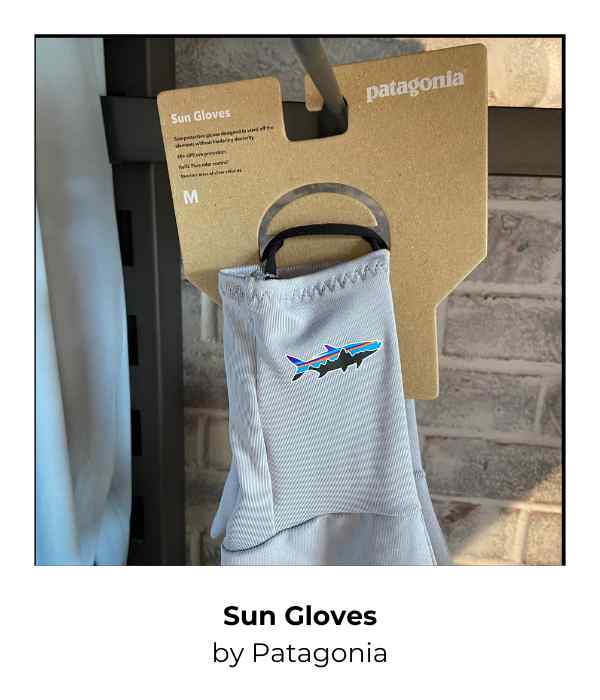
- Choose a wide-brimmed hat that shades your face, ears, and neck. This Sunday Afternoon Ultra Adventure hat is ideal! Or choose a hat with a tightly woven fabric, such as this canvas Filson Summer Packer. It protects your skin from UV rays (tip: a darker color may offer more protection).
- Straw hats are very fun and stylish to wear, although the holes can let sun rays penetrate.
- A baseball cap may protect your head, but your ears and the back of your neck are still exposed. Try wearing a sun hoodie that covers your neck and ears under your baseball hat, or use sunscreen on unprotected skin and seek shaded areas for the best protection.
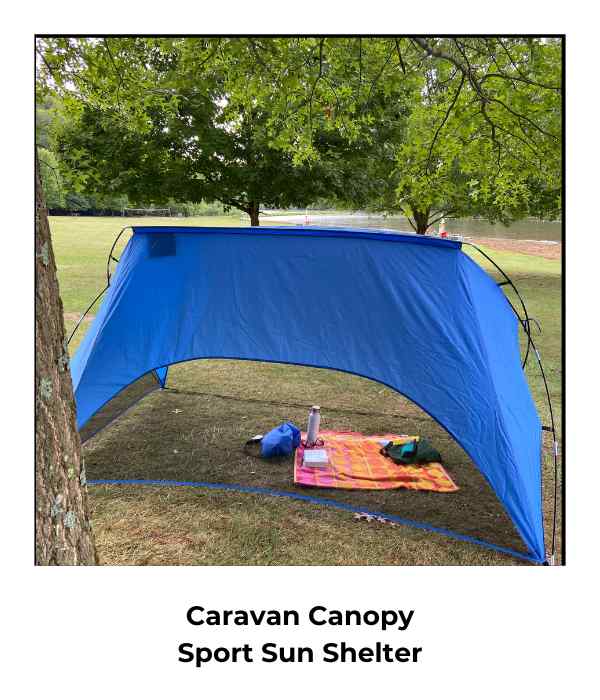
Beach tents offer another layer of protection, whether in your backyard, camping, at the beach, or at a sporting event. They are lightweight, breathable, portable, easy to assemble, and offer additional UV sun protection.
Get outside for your favorite outdoor activity and enjoy the sun while protecting your skin by taking proactive steps such as wearing sunscreen, ultraviolet (UV) protective clothing, and accessories and seeking shade under an umbrella, tree, or other shelter.
Other resources you may be interested in:
- OPL Insight: Rising Heat Index, Rising Health Risks: How Climate Change is Affecting More than Just Our Environment
- Extreme Heat: OPL’s Founder Shares Insights on Michael Mann’s Global Warming Predictions
- Be Cool, Be Sustainable with OPL’s Beat the Heat Challenge
- Understand heat risks near you with the NWS’ HeatRisk Tool

Written by Yvonne Dwyer
Master Naturalist and OPL Content Contributor
“It is truly an honor for me to be a contributor to One Planet Life. By sharing my experiences and lifetime of learning, I hope to inspire conservation, sustainability, stewardship, and awareness of enjoying the natural wonders of the world for the wellbeing of people and the planet.”

